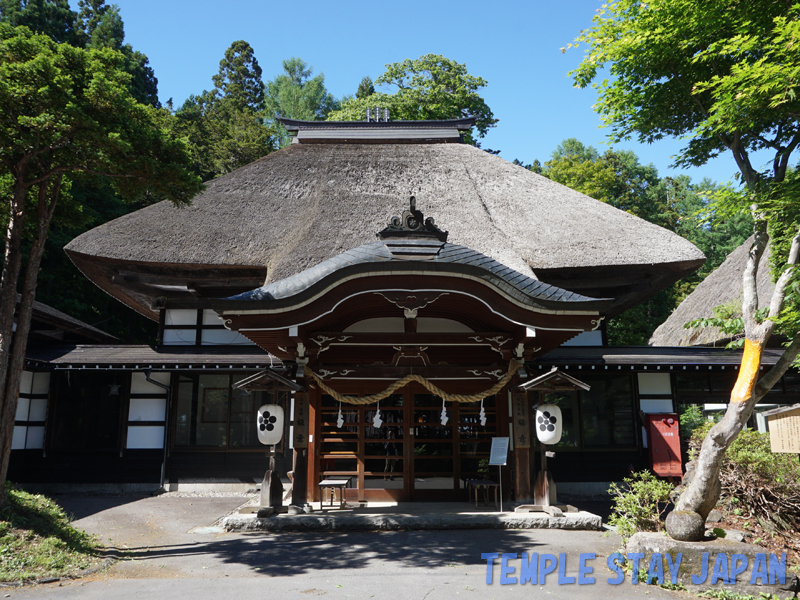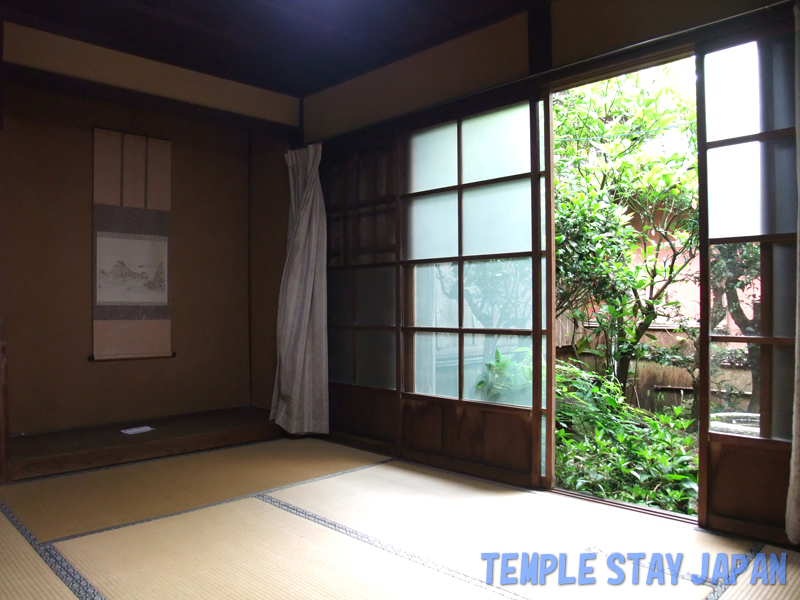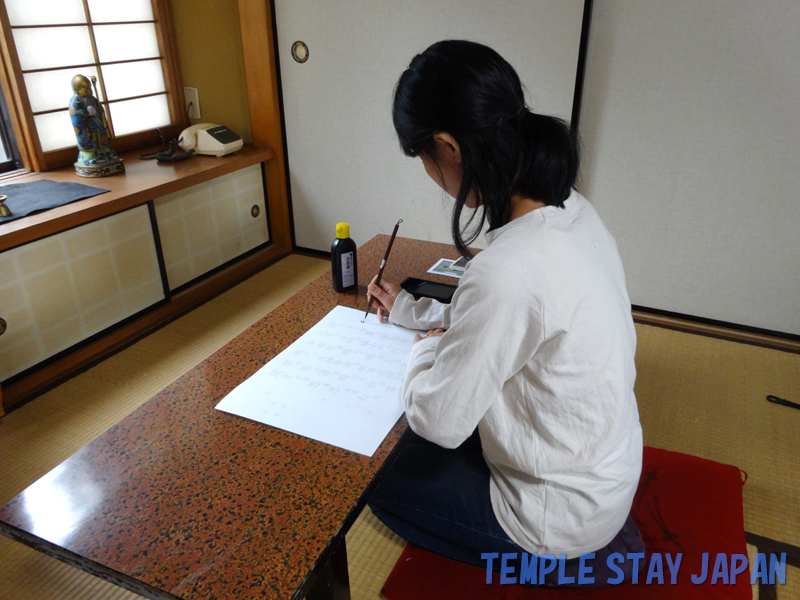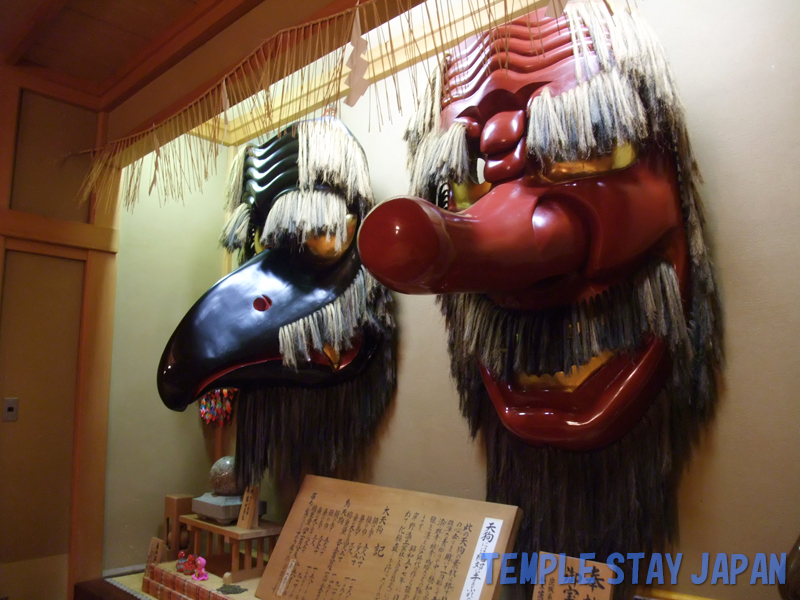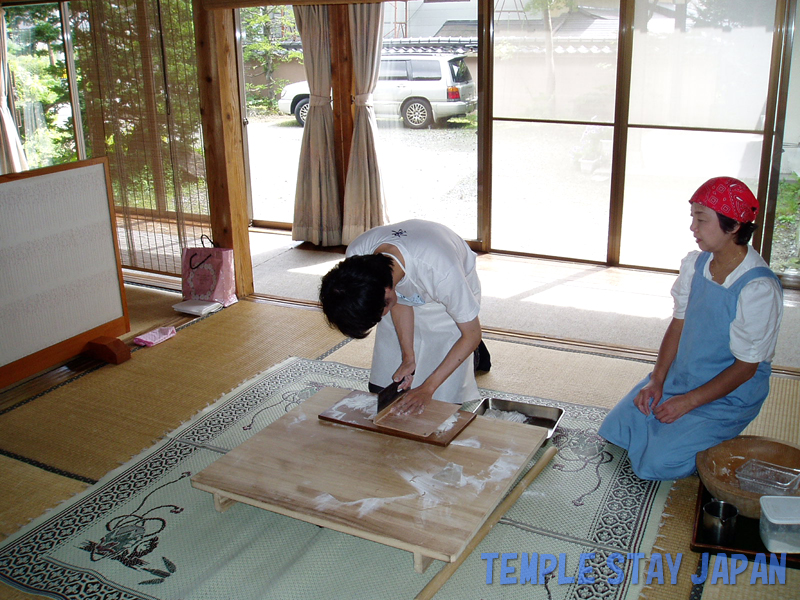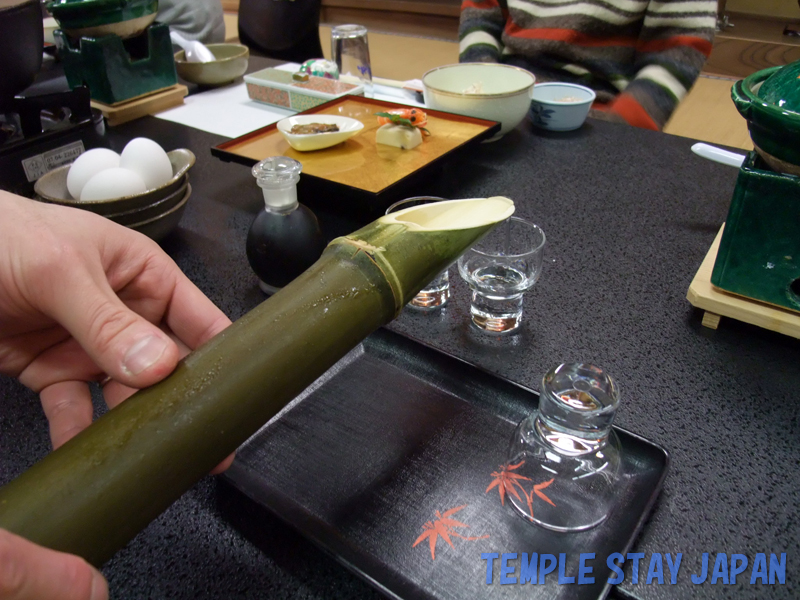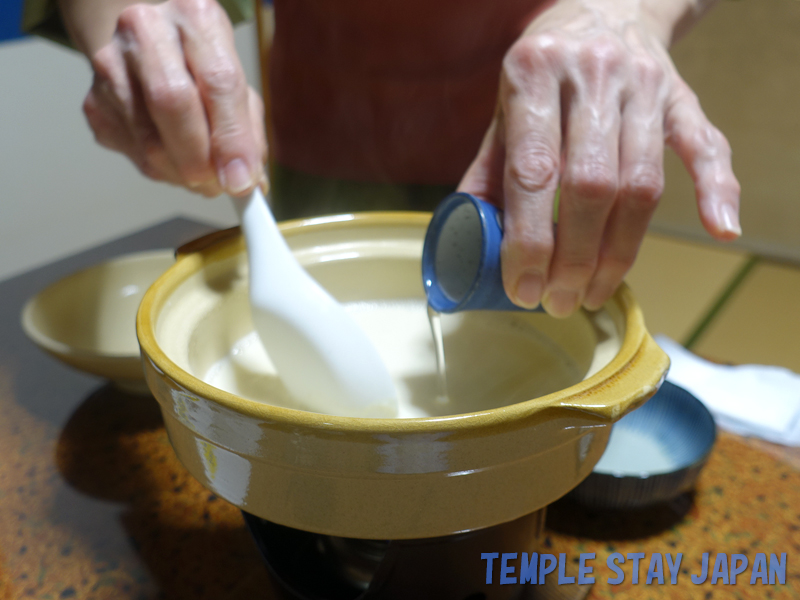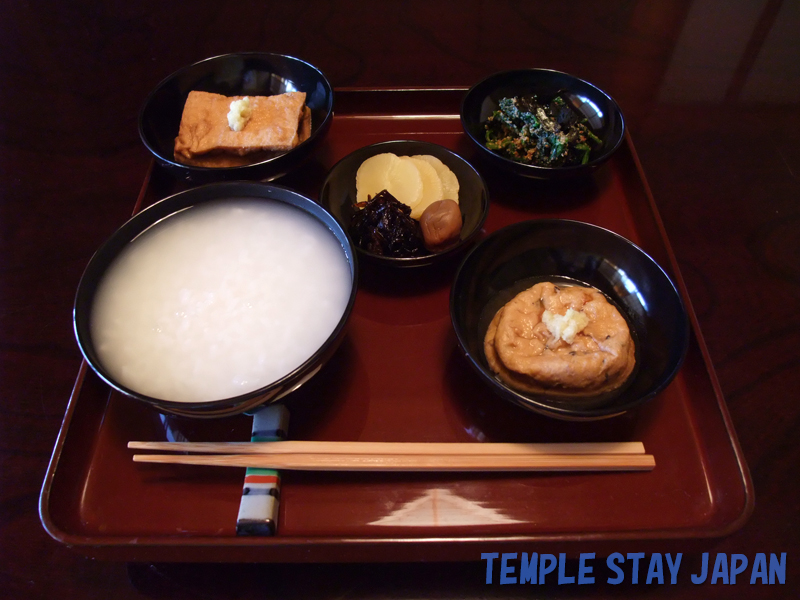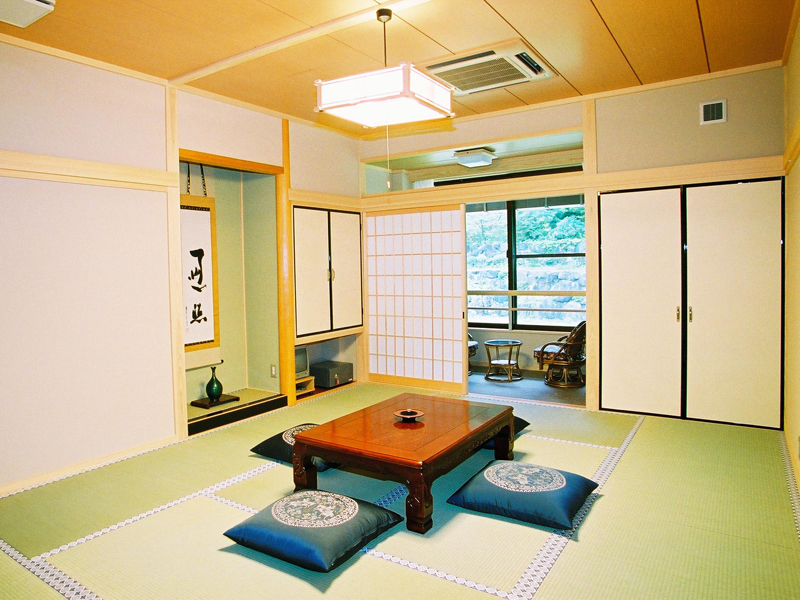stay– category –
-

Saikyoji temple stay (Shiga)
Saikyoji Temple is the head temple of the Tendai Shinsei sect. It is said to have been founded by Prince Shotoku (574-622), who spread Buddhism in Japan. There is a youth hostel on the grounds. You can attend morning services and experience zazen and copying sutras. -

Gokui shrine stay (Nagano)
This shukubo is the former Tokuzenin of Togakushi Shrine. It has a beautiful thatched roof noted as a Japanese cultural asset. This shukubo is famous for Togakushi soba (buckwheat noodles), which descended from the Edo period. They also served sake that had been dedicated to the gods. -

Taikoji temple stay (Mie)
Taikoji Temple was founded in the 8th century. It is located about a 10-minute walk from Futamigaura, famous for its Meoto Iwa (couple rocks). A youth hostel is run in the temple.I stayed in a 6 tatami Japanese-style room. In front of the window was a small but relaxing garden. -

Togakubo shrine stay (Kanagawa)
This is a shukubo of the Ohyama-Afuri shrine. I have copied down the shinto prayer. My heart has become so clear. Ohyama is famous for tofu. We ate tofu kaiseki (course dishes) for lunch. I am very fond of tofu including yuba (tofu skin) and iri-tofu. I fully tasted the thick flavor and the sweetness of soybeans. -

Furumine-jinjya Shrine stay (Tochigi)
It is a sacred place of mountain worship that was established approximately 1,300 years ago. There are a variety of rooms, from large ones to private ones, and it is so large that it is hard to believe it is located in the mountains. The next morning, prayers were held at the main hall at 7am. -

Takeda-ryokan shrine stay (Nagano)
This is the shukubo where Shingen Takeda (1521-1573), a great feudal load and warrior prayed for victory. I had Togakushi soba (buckwheat noodles) for dinner (on an all-you-can-eat soba plan). They served fresh soba noodles using soba harvested in their own fields. -

Kageyu shrine stay (Kanagawa)
This is a shukubo of the Ohyama-Afuri shrine. It is famous for tofu. It goes without saying that the dishes they serve are shojin cuisine and tofu kaiseki courses. cold tofu cut into cubes , soy milk hot pot , Raw yuba rolls etc. The guest room is a Japanese style room. -

Komiya-Ryokan shrine stay (Kanagawa)
It was founded over 400 years ago and has hosted many worshippers. Tofu is a valuable protein in traditional Buddhist cuisine that does not use meat or fish. It then began to be served to worshippers at shukubo, and the food developed. At Komiya-Ryokan, we enjoyed creative tofu dishes made by the owner and his wife. -

Tyosyoji temple stay (Nagano)
It is mandatory for guests staying at this shukubo to participate in chanting sutra, zazen and breakfast (rice porridge) in the morning. Reservations are required for shojin (vegetarian) course dishes. They also have a shojin cafe, where a steamed laver plate (steamed laver, black bean tea and pickles) is served. -

Jyochiin temple stay (Wakayama)
It was the precinct of Jyochi-in that became the temporary residence for Priest Kobo when he climbed Mount Koya for the first time. The building was nearly new in general, the main hall hasn`t changed. While many Buddha statues were watching, I participated in the morning service in a solemn atmosphere.


